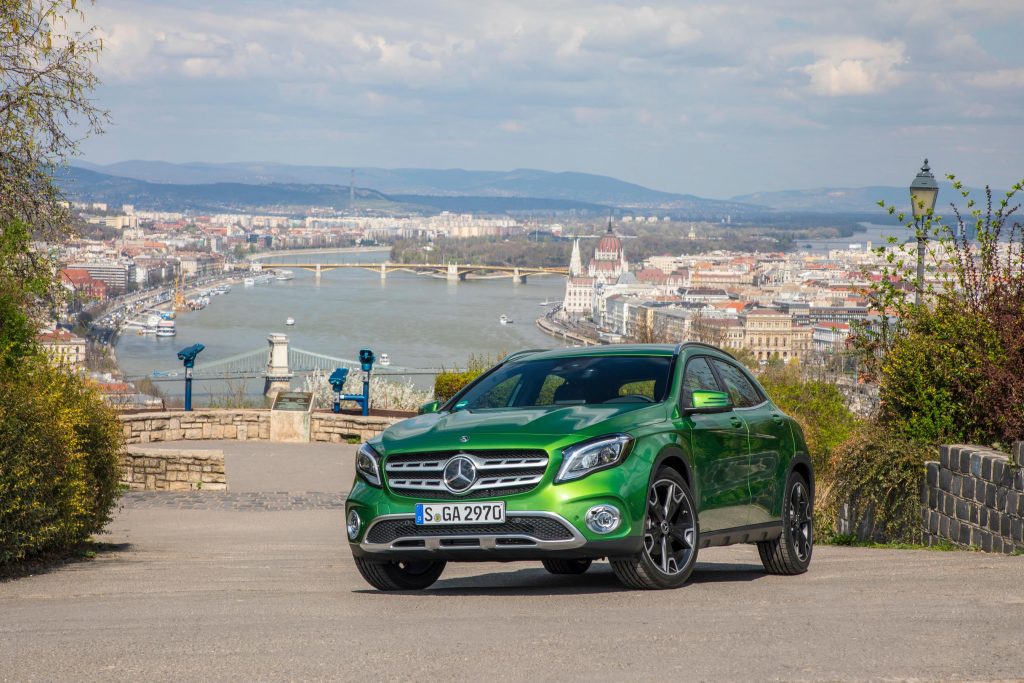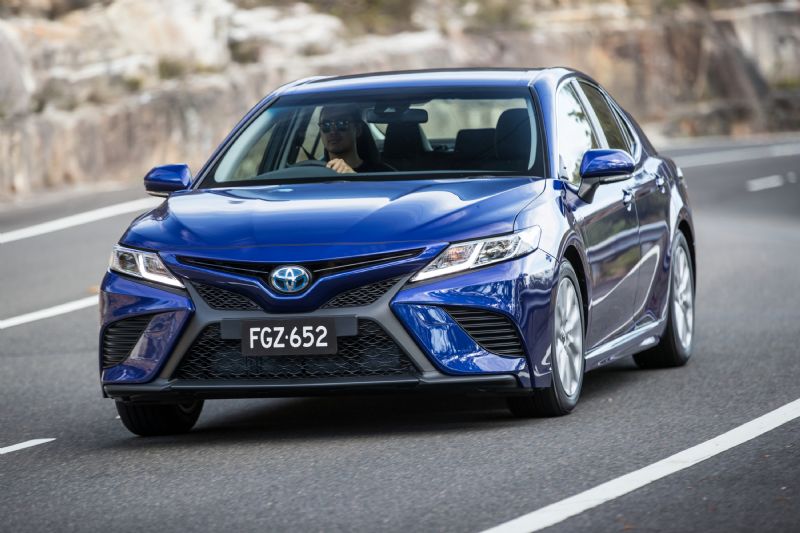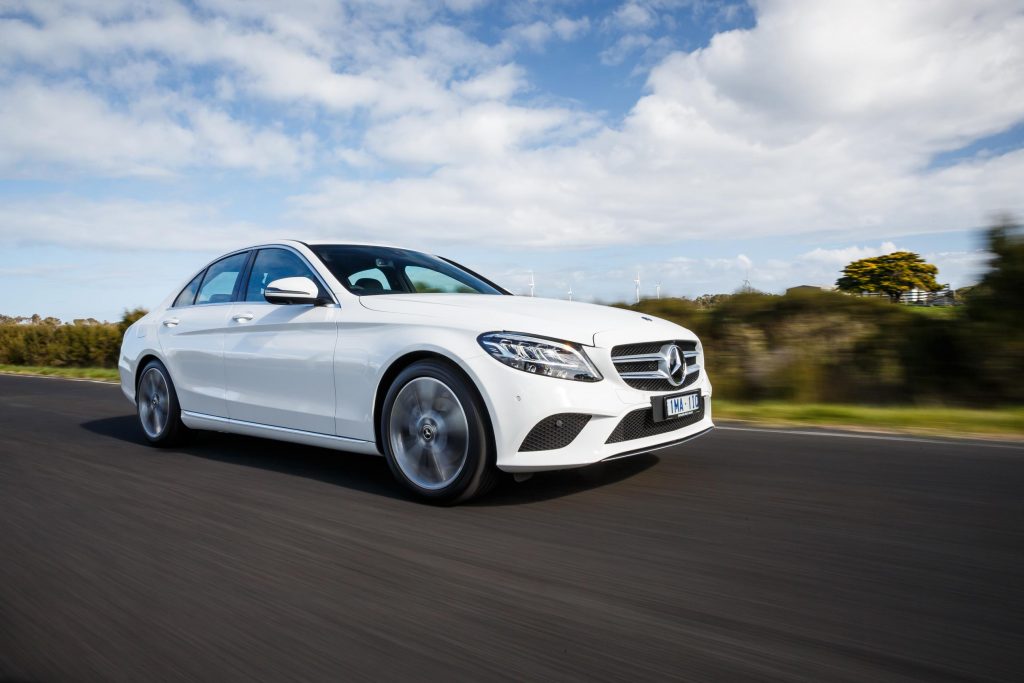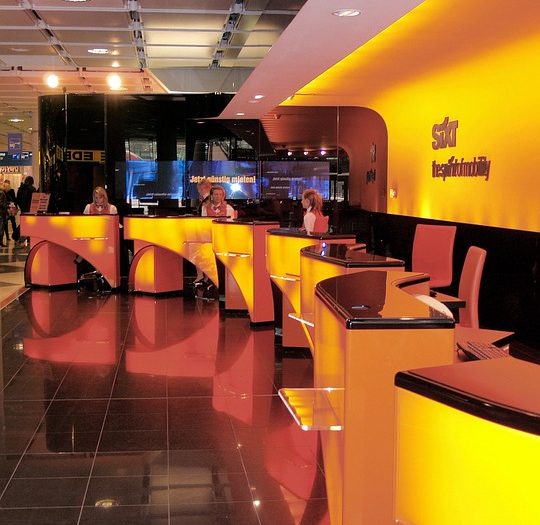WE WERE RECENTLY ALERTED to an interesting article by rhinocarhire.com regarding the hire of eco-friendly rental cars.
The article, written by travel writer and car rental expert Phil Partridge, points out that price is often a significant factor when renting a car, but that we should, in this increasingly climate-aware world, consider the environment when choosing a rental car.
Rhinocar looked at all current make and model rental cars currently on offer in Australia and came up with a list of the most eco friendly. The good news for renters is that in many cases they are the cheaper (if not the cheapest) cars to rent, so it’s a win/win situation for everyone.
- Small: Suzuki Swift. At 4.6L/100km using 91 RON fuel, the 1.2-litre Suzuki Swift 5-speed manual tops the chart. This cute little car emits just 106 grams of CO2 per kilometre.
- Medium: Hyundai i20. 1.4-litre 91 RON petrol, six-speed manual. Official consumption is just 5.3L/100km with emissions of 126g/km..
- Large: Toyota Corolla 2.0 VVT-I petrol, six-speed manual. Quoted combined consumption figure of 6.3L/100km and emissions of 148g/km.
- SUV: Mercedes GLA180. A moderately large SUV powered by a 1.6-litre petrol engine. Even with auto transmission, it achieves 5.7L/100km and a noteworthy 133g/km of CO2.
- Full Size: Toyota Camry Hybrid. Yes, we finally see a hybrid in the mix. The Toyota Camry Ascent 2.5 VVTi petrol Hybrid is as easy to drive as any non-hybrid, and gets 4.2L/100km. But the big news here is the lowest emissions rate of just 96g/km.
All in all, an interesting exercise, quite apart from the inconsistency of categories: The Hyundai i20 is a medium-sized vehicle? (And as far as we know, no longer on the Australian market, but may still be offered as a rental car.) The Toyota Corolla large? And even the Toyota Camry would not so long ago been rated as medium, rather than “full size”.
Notwithstanding, we probably all think that our choice of rental car is a very minor factor in the climate debate, but our actions and lifestyles are, unfortunately, major contributors to greenhouse gases and it is up to all of us to make improvements in our choices, even if they may appear to make minimal differences … as we all know, every little helps.

Here is a more comprehensive listing of emissions ratings for rental cars (courtesy of rhinocarhire.com):
Small
Suzuki Swift, 106g/km CO2, 4.6L/100km, 1.2L 4cyl petrol 91 RON, 5-spd manual
Holden Spark (no longer on sale in Australia), 122g/km, 5.3L/100km, 1.4L 4cyl petrol 91 RON, 5-spd manual
Kia Rio, 129g/km, 5.6L/100km, S 1.4L MPI petrol, 6-spd manual
Toyota Yaris, 134g/km, 5.8L/100km, Ascent 1.3L VVT-i petrol, 5-spd manual
Hyundai Accent, 136g/km,5.9L/100km,1.4L 4cyl petrol 91 RON, 6-spd manual
Nissan Micra,138g/km, 5.9L/100km, 1.2L 3cyl petrol 91 RON, 5-spd manual
Medium
Hyundai i20 (officially classified small passenger”, no longer on sale in Australia), 126g/km, 5.3L/100km, 1.4 4cyl petrol 91 RON, 6-spd manual
Ford Focus (officially classified “small passenger”), 131g/km, 5.7L/100km,1.5 3cyl Turbo petrol 95 RON, 6-spd manual
Toyota Corolla (officially classified “small passenger”), 148g/km, 6.3L/100km, Ascent Sport 2.0L 4-cylinder Dynamic Force Dual VVT-I petrol 6-speed manual
Hyundai i30, 170g/km, 7.3L/100km, 2.0 GDi petrol 6-spd manual
Hyundai Elantra, 180g/km, 7.8L/100km,1.6 T-GDi petrol 6-spd manual

Large
Toyota Corolla, 148g/km, 6.3L/100km, Ascent Sport 2.0L 4-Cylinder Dynamic Force Dual VVT-I petrol 6-spd manual
Kia Cerato (officially classified “small passenger”), 174g/km, 7.6L/100km, S 2.0L MPI petrol 6-sp manual
Toyota Commuter (12-seater), 197g/km, 7.5L/100km, Commuter turbo diesel Auto
Kia Carnival (8-seater), 252g/km, 10.8L/100km,S 3.3L petrol Auto
Kia Carnival (7-seater), 252g/km, 10.8L/100km, S 3.3L petrol Auto
SUV
Mercedes GLA, 133g/km, 5.7L/100km, GLA 180 1595cc 4-cylinder petrol Auto
Toyota RAV4, 155g/km, 6.8L/100km, GX 2.0L petrol 6-spd manual
Ford Ecosport, 159g/km, 6.9L/100km, Ambiente 1.5L petrol 6-spd Auto
Mitsubishi Outlander, 166g/km, 7.2L/100km, ES 2.0L MIVEC petrol 5-spd manual
Mercedes GLC, 176g/km, 7.8L/100km, GLC 200 1991cc 4-cylinder, petrol 9-spd Auto
Nissan Qashqai, 178g/km, 7.7L/100km, 2.0 litre 15-valve 4-cylinder 6-spd manual 4×2 petrol
Mitsubishi ASX, 179g/km, 7.7L/100km, ES 2.0L MIVEC petrol manual
Hyundai Tucson, 182g/km, 7.8L/100km, 2.0 GDi 2WD petrol manual
Nissan X-Trail, 190g/km, 8.2L/100km, 2.0L 16-valve 4-Cyl petrol manual
Toyota Kluger, 212g/km, 9.1L/100km,GX 2WD 3.5 Litre V6 petrol manual
Toyota Kluger, 212g/km, 9.1L/100km, GX 2WD 3.5 Litre V6 petrol manual
Mitsubishi Pajero, 240g/km, 9.1L/100km, GLX 3.L 4M41 DID Turbo Diesel 4wd Auto

Fullsize
Toyota Camry Hybrid (officially classified “medium passenger”), 96g/km, 4.2L/100km, Ascent 2.5L VVT-I petrol engine with Toyota Hybrid-System
Mercedes C Class (officially classified “prestige & luxury passenger”), 159g/km, 7.0L/100km, C 200 Sedan, 1991 cc, 4-cylinder, petrol manual
Mercedes E Class (officially classified “prestige & luxury passenger”), 161g/km, 7.1L/100km, E 200 Saloon, 1991 cc, 4-cylinder, petrol Auto
Holden Commodore, 169g/km, 7.4L/100km, LT 2L 4-cylinder Turbo Petrol 95 RON, 9-spd Auto
Holden Commodore Estate, 175g/km, 7.7L/100km, LT Sportwagon 2L 4-cylinder Turbo petrol 95 RON, 9-spd Auto
Toyota Camry (officially classified “medium passenger”), 181g/km, 7.8L/100km, Ascent 2.5L dual VVT-I 4-cylinder petrol manual
Despite the inconsistencies in rhinocarhire’s size classifications, and the inclusion of two models that are no longer on sale in Australia, this list provides useful information, not just for intending car renters but also buyers. We thank rhinocarhire allowing us to re-publish their findings. See source data here
.
